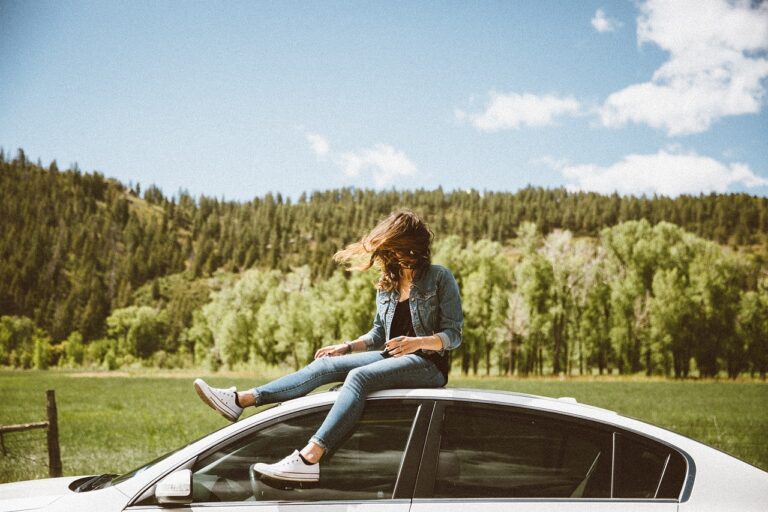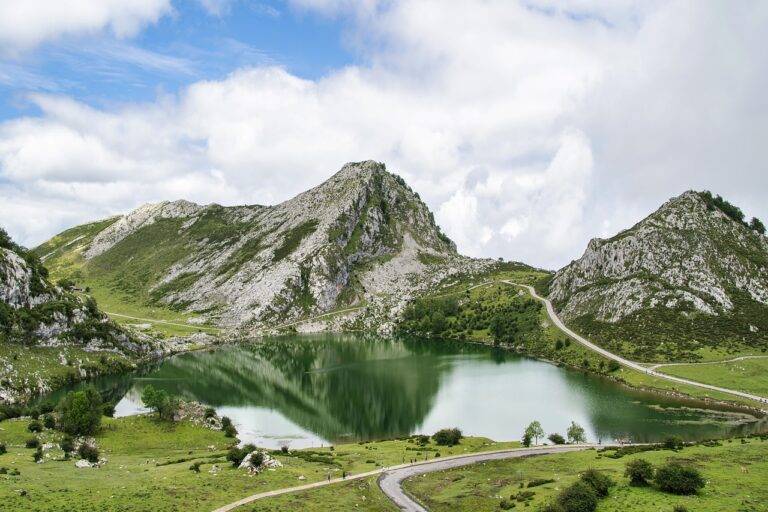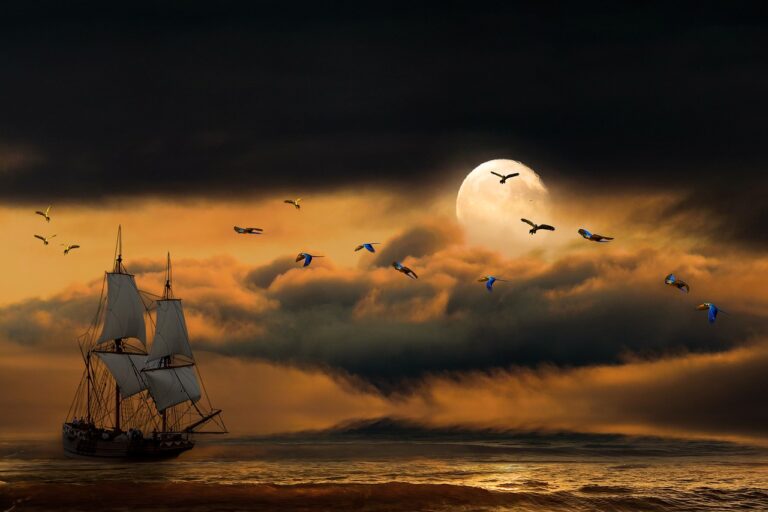The Art of Responsible Wildlife Photography: Capturing Creatures with Care
Wildlife photography has become increasingly popular in recent years, with more and more photographers seeking to capture stunning images of animals in their natural habitats. However, it’s important to consider the potential impact that this activity can have on the animals themselves.
Photographers must be mindful of their presence and behavior around wildlife to avoid causing unnecessary stress or disruption. It’s crucial to maintain a respectful distance, use quiet equipment, and avoid disturbing the natural behavior of the animals. By being conscious of the impact of their presence, photographers can ensure that their passion for capturing wildlife moments does not come at the expense of the well-being of the animals they are photographing.
• Wildlife photography has become increasingly popular in recent years
• Photographers must be mindful of their presence and behavior around wildlife
• It’s crucial to maintain a respectful distance and avoid causing unnecessary stress or disruption
• Use quiet equipment to avoid disturbing the natural behavior of animals
Respecting Wildlife Habitats and Behaviors
Respecting wildlife habitats and behaviors is essential when engaging in wildlife photography. It is crucial to remember that animals have their own routines and territories that should not be disrupted for the sake of a photograph. By keeping a safe distance and observing from afar, photographers can capture stunning images without causing stress to the animals or altering their natural behavior.
Additionally, visitors to wildlife habitats must always be mindful of the impact they have on the environment. This includes not leaving any trash behind, staying on designated paths to avoid trampling vegetation, and refraining from feeding or approaching any wildlife. By showing respect for the habitats and behaviors of the animals we are photographing, we can ensure that these beautiful creatures remain protected and undisturbed in their natural settings.
Choosing the Right Equipment for Wildlife Photography
Picking the appropriate equipment for wildlife photography is crucial for capturing high-quality images of animals in their natural habitats. A reliable camera with a fast shutter speed and high-resolution capabilities is essential to freeze fast movements and achieve clear, detailed shots of wildlife. A telephoto lens with a long focal length allows photographers to maintain a safe distance from animals while still capturing close-up images, preserving the animals’ natural behavior and habitat.
In addition to camera body and lens selection, investing in a sturdy tripod and a quality camera bag is also key for wildlife photography. A stable tripod helps in capturing sharp images, especially in low light conditions, while a durable camera bag protects equipment from the elements and ensures easy transportation during outdoor expeditions. By carefully selecting the right equipment and accessories, wildlife photographers can better immerse themselves in nature and capture stunning images of wildlife respectfully and ethically.
How does wildlife photography impact animals?
Wildlife photography can impact animals by causing stress, altering their natural behaviors, or disrupting their habitats. It is important for photographers to be mindful of the impact they have on the animals they are photographing.
How can photographers respect wildlife habitats and behaviors?
Photographers can respect wildlife habitats and behaviors by keeping a safe distance from the animals, minimizing their impact on the environment, and avoiding any actions that may disturb the animals or their habitats.
What equipment is essential for wildlife photography?
Essential equipment for wildlife photography includes a high-quality camera with a telephoto lens, a sturdy tripod, and possibly a camouflage cover or blind to help you blend in with your surroundings.
What are some tips for choosing the right equipment for wildlife photography?
When choosing equipment for wildlife photography, consider the types of animals you will be photographing, the environments you will be working in, and your own skill level as a photographer. It is also important to invest in durable, weatherproof equipment that can withstand the elements.





